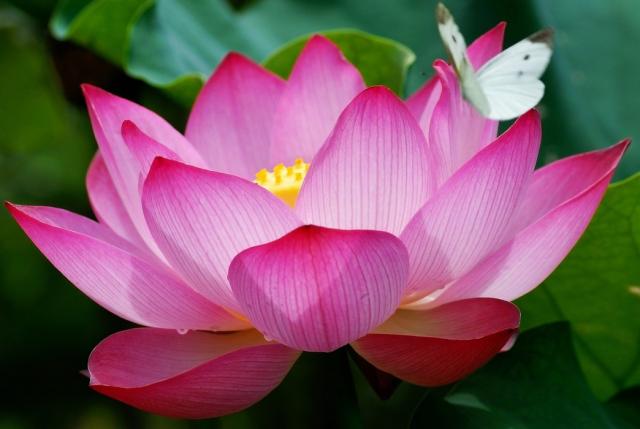Marianne's invitation to pray hard, love deep and kickass reminded me of something the Dalai Lama said when he visited Madison 3 years ago. The Dalai Lama believes that praying by itself is not enough, that we need prayer and effort. He believes that we can bring our prayers to Jesus, or to Buddha, or to whomever asking them to solve the world's problems and that they would say...you created them, you fix them. He feels that yes we should pray, but that prayer without action is not enough, we also need to make the effort ourselves to do what it takes to fix the problems that humankind has made.
In A Course in Miracles, Principle #11 says, "Prayer is the medium of miracles. It is a means of communication of the created with the Creator. Through prayer love is received, and through miracles love is expressed." As Marianne states, "The only way to be a miracle worker is to ground yourself in a spiritual practice." The foundation of which is supported in prayer, love, compassion and giving.
Marianne believes that a lot of people ask themselves... "Do I do the inner work or the outer work?" her answer is "both and." As the Dalai Lama stated, taking action, making the effort to do what it takes to create change. Working on both the inner and the outer at the same time. Inner work of prayer and self-love, outer work of love and kickass action.
The challenge to us is to set aside our ego, our fear, our conditional love, and to love deeply from a place of oneness. Marianne believes that, "Devine love is unconditional love. Our purpose on earth is to love the way God loves." Loving deeply, unconditionally as though we are one.
Marianne Williamson is campaigning to be President of the United States. Her campaign slogan is...Think. Love. Participate. I personally really resonate with her message. If you are interested check out her website at www.marianne2020.com.
Regardless of who you support or what your beliefs are, I think it's important for each of us to think long and hard, to bring more depth of love and compassion to the table, and to participate in the process.
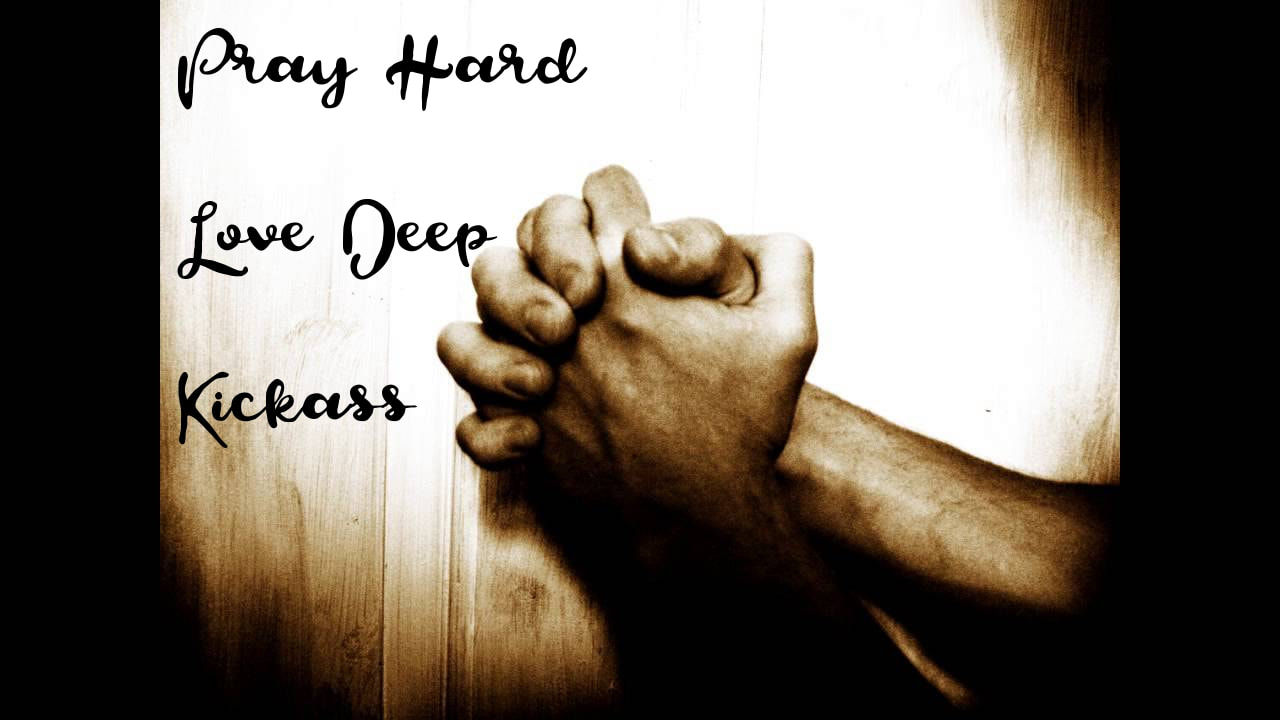
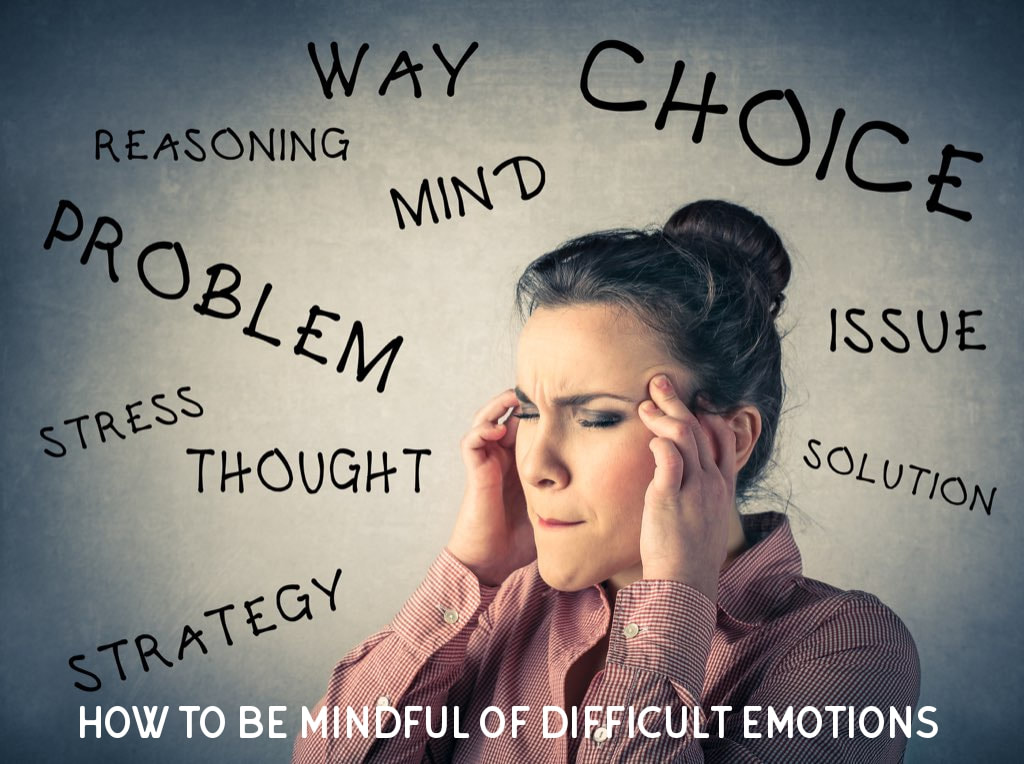
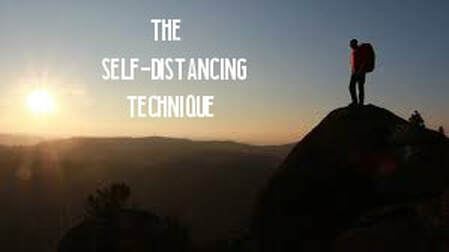

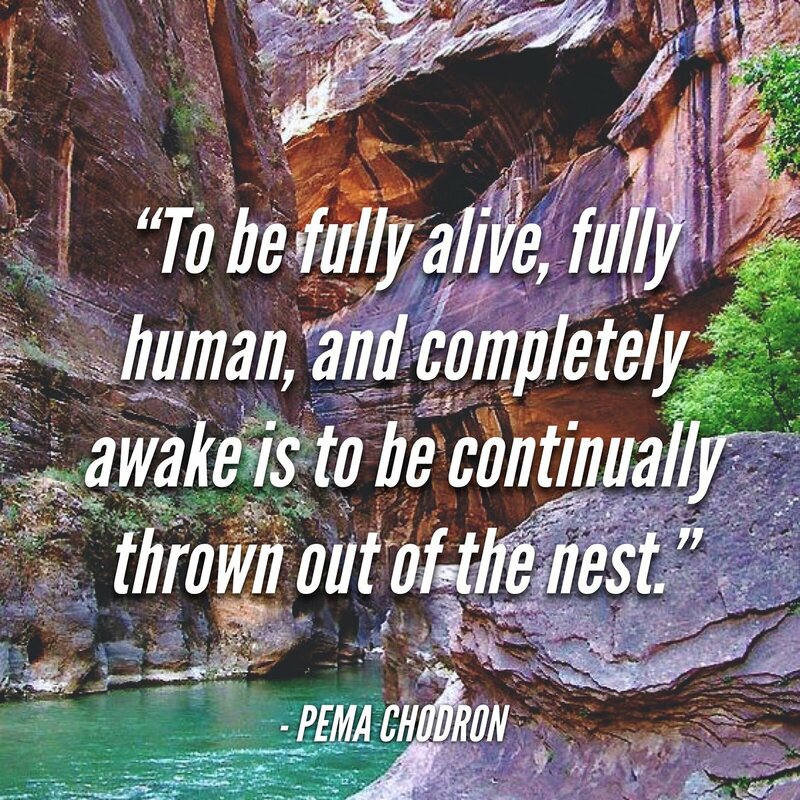
 RSS Feed
RSS Feed
